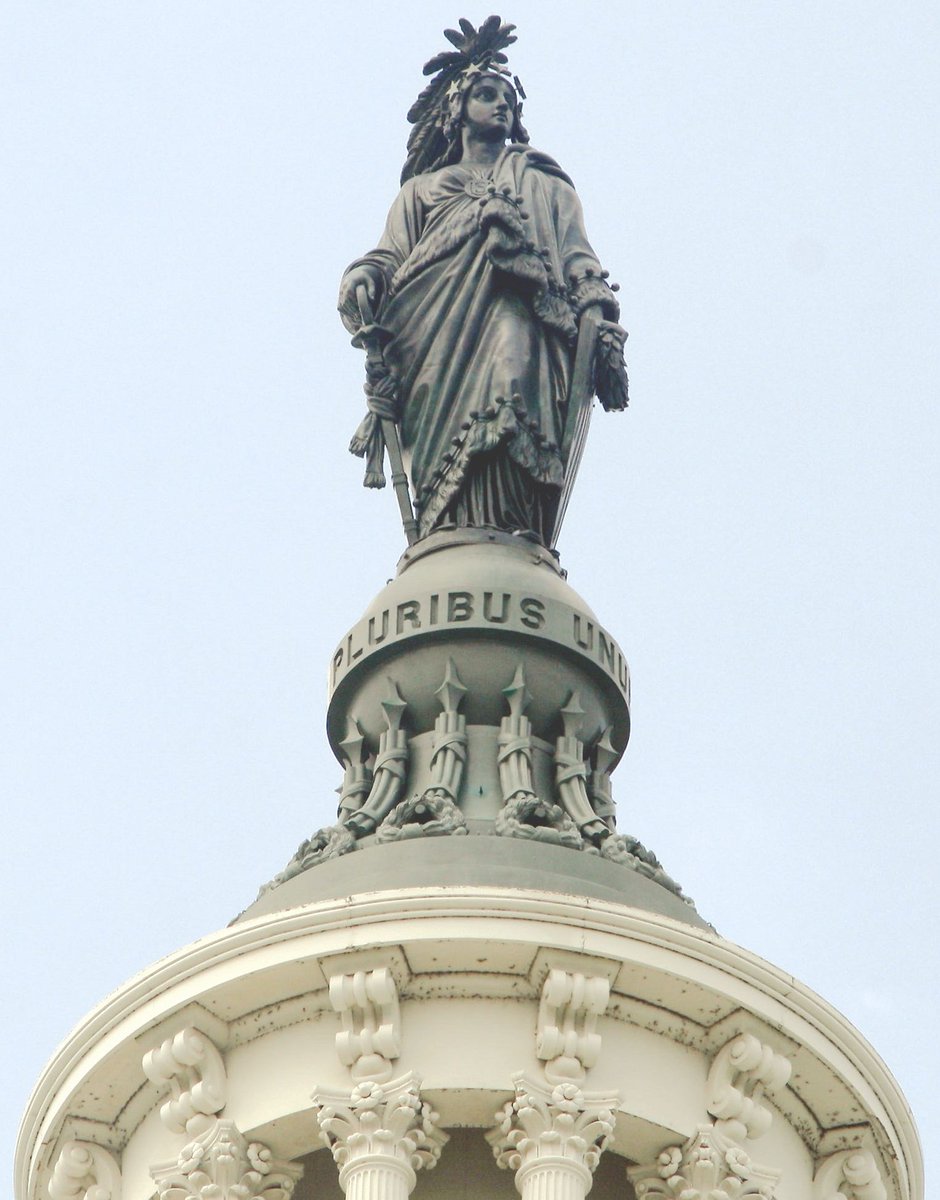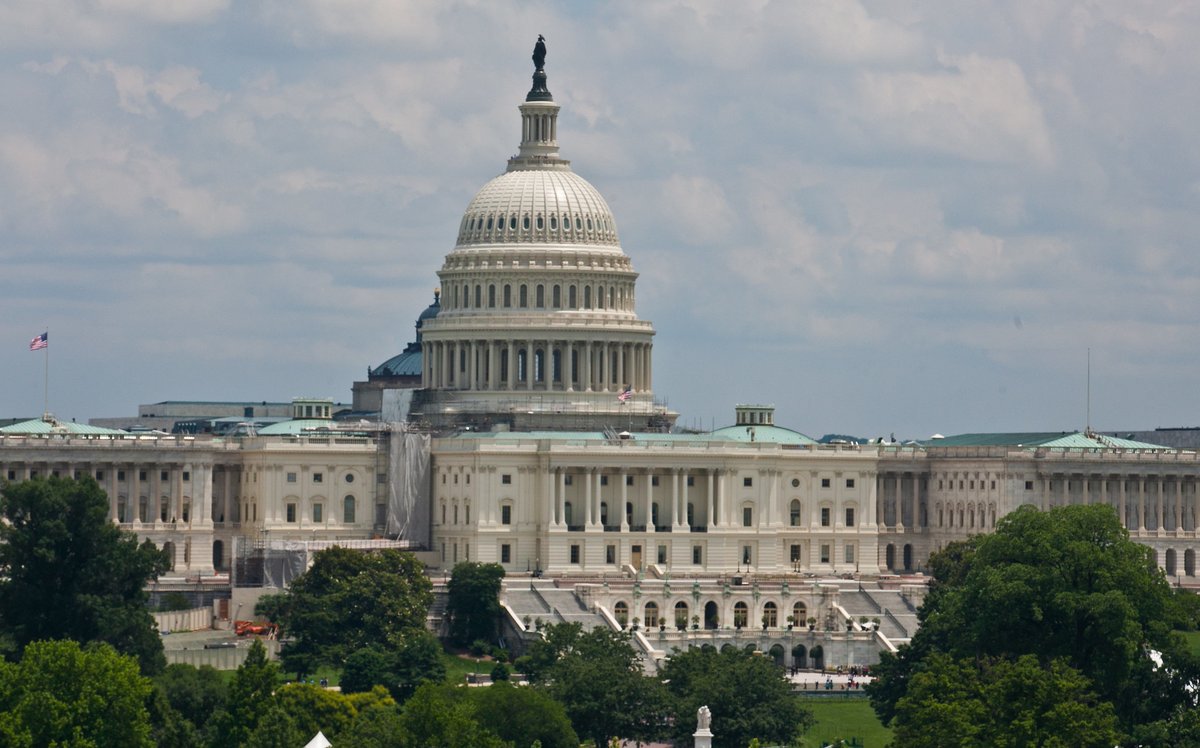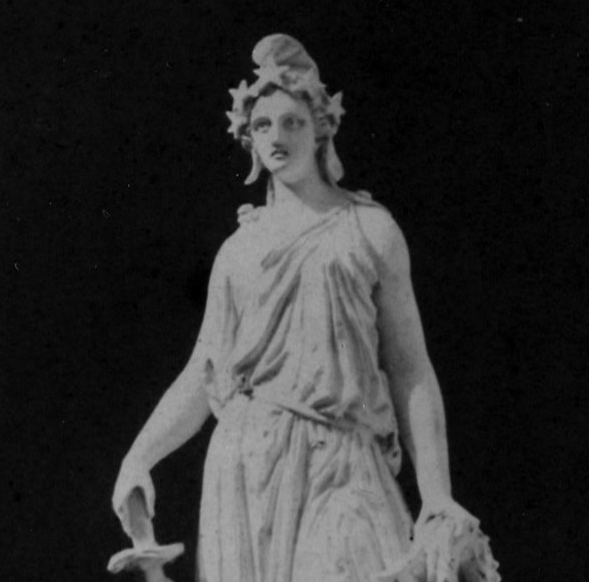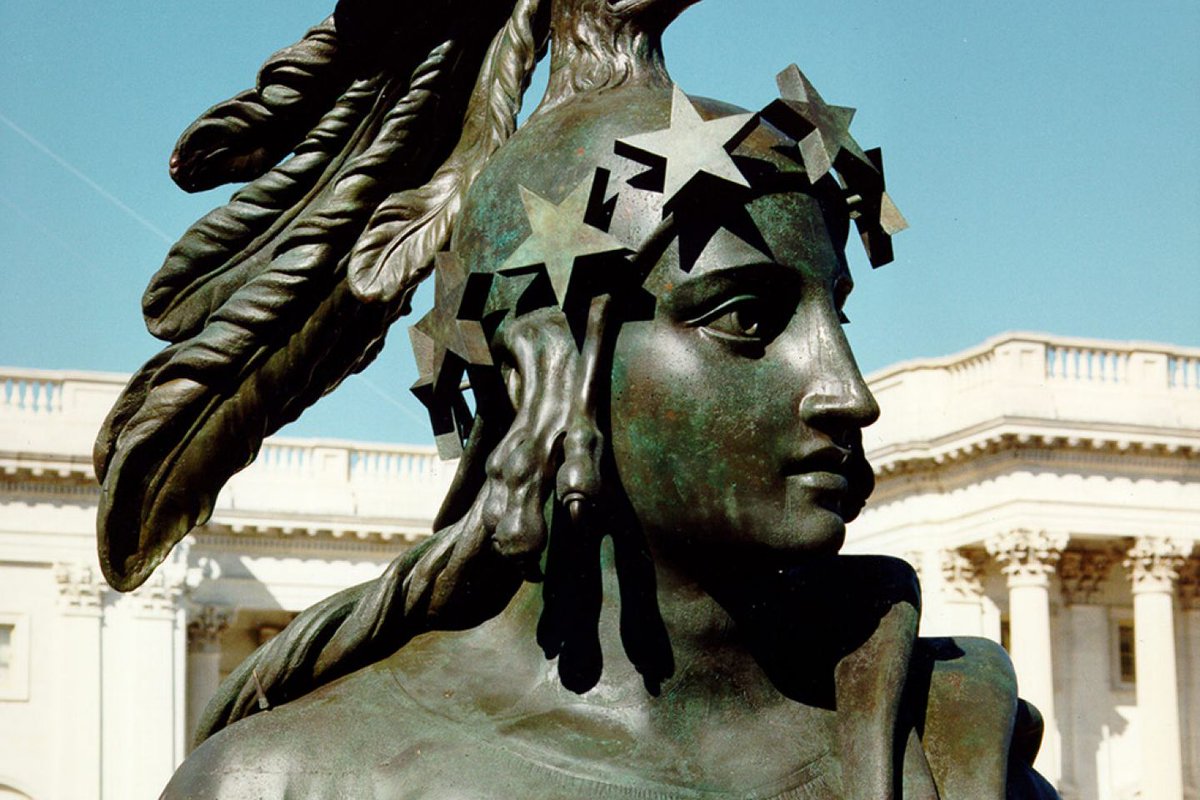
Super specific question time: can anyone remember an instance of someone praising an artwork they deliberately destroyed?
I can only think of people saying what they destroyed or damaged was not really art, or not good art (with possible exception of Rauschenberg erasing that de Kooning).
I'm asking because I'm thinking about what a common move it is for iconoclasts (writ broadly) to say they don't think what they're destroying is art or good art. I had been thinking of this as a rhetorical technique, to convince an audience, but I'm starting to wonder if...
... there is something that makes it difficult for us to destroy art per se. So, like soldiers dehumanize the enemy, we de-artify an artwork we want to destroy. (Except for artists, who want to keep the shock of destroying art.)
• • •
Missing some Tweet in this thread? You can try to
force a refresh


















